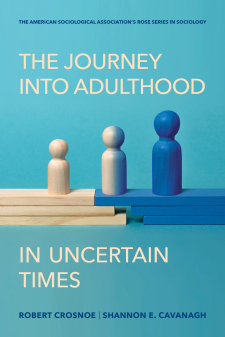Main navigation
Why don't Americans save more for retirement? Earlier this month, I discussed a study that hypothesized that people are not invested in their "future selves"; for many, the pain of stashing away part of the weekly paycheck outweighs the benefits of bigger savings 40 years down the road. But another article, which also appeared in the RSF-funded issue of the Journal of Marketing Research, examines another problem: do people underestimate the power of compound interest? Here's the question the researchers ask: Imagine you deposit $1,000 at the start of each of three years and earn 7 percent interest, compounded annually. At the end of those three years, how much money would you have? The correct answer is $3,440, almost 15 percent (not 7 percent) more than than the total amount deposited, as interest is earned annually on the previous interest earned. The authors of the article—Craig McKenzie and Michael Liersch—explain why these calculations matter:

Due to compound interest, savings grow exponentially over time, but most undergraduate students believe that savings grow linearly, and the therefore grossly underestimate how much money can accumulate over the span of a typical career...Because they believe that savings grow linearly, they also underestimate the cost of waiting to save, which makes the decision to put off saving more appealing than it ought to be. However, we show that increasing students' and real employees' awareness of the exponential growth of savings over time, even subtly, helps them appreciate the benefits of saving and motivates them to save for retirement.
One of the interesting findings of the study is that trying to help people understand how to calculate compound interest problems may not be the answer. "The results of [our experiments] indicated that people should not simply be taught what compound interest is and how to calculate it," the authors write. "Rather, its effect on savings growth should be illustrated directly, especially over the 40 or so years that people can save for retirement." Research participants were shown the graph below in one of the experiments:

The article, entitled "Misunderstanding Savings Growth: Implications for Retirement Savings Behavior," can be read in full below (thanks to permission from JMR).
Misunderstanding Savings Growth: Implications for RetirementSavings Behavior




